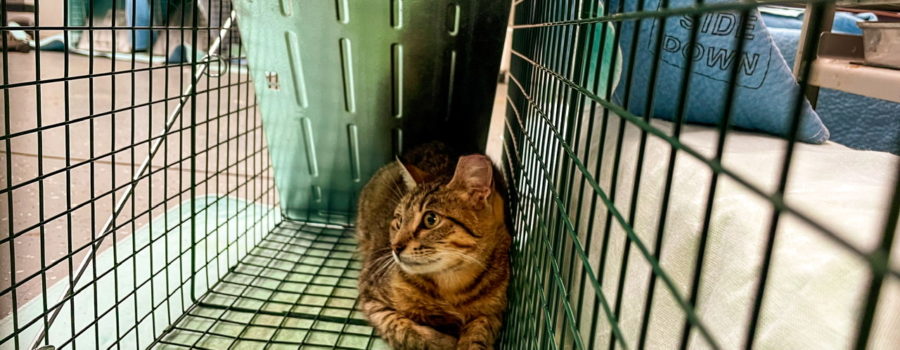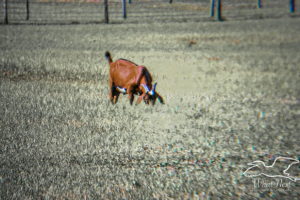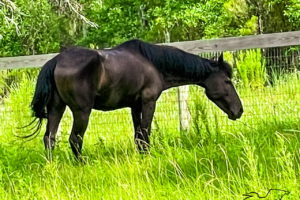Today is National Feral Cat Day and it Celebrates a Great Cause!

October 16 is National Feral Cat Day, and has actually become Global Feral Cat Day, a holiday sponsored by the cat rescue and advocate group, Alley Cat Allies. Feral cats are also known as community cats and live in groups known as colonies. Most colonies are based around food sources which may include restaurant dumpsters, fishing piers, and homes or businesses where people put out food for them. Most of these cats are not social with human beings and don’t allow petting or handling. The problem with feral or community cats is that they have a tremendous ability to reproduce, especially when well fed. If not fed, a female cat will have one to two liters each spring and summer. If she is well fed, that number may double to up to four liters per year! If each liter contain 3-4 kittens, that’s up to sixteen kittens per female per year. You can see how these numbers can quickly get out of control.

As near as anyone can tell, cats were first domesticated by the ancient Egyptians for use as pets, rodent control, and worship as deities. As the Egyptian Empire expanded, so did domestic cats. Later, the Romans also expanded the range of the domestic cat, and the European explorers brought cats to the New World and into Asia. Most feral cats are the descendants of cats that were either purposely turned loose for rodent control or of pet cats that were abandoned. Unfortunately, these cats not only hunt rodent pests, but they also hunt desirable wildlife such as song birds, small reptiles, and other small mammals. In fact, they have been labeled as one of the worst, most invasive species ever introduced to many parts of the world. Because of this stigma, feral cat control in the past has mainly consisted of euthanasia.

The trouble with euthanasia to control feral cat populations was two fold. First, and foremost, it was not always done humanely, and even when done humanely, it was offensive to many people. Secondly, it didn’t work. If a food source was present a new colony would simply move in if the original colony was removed. Alley Cat Allies introduced the concept of Trap Neuter Release (or Return), often called simply TNR. This involves trapping, sterilizing, and returning feral cats to their colonies. This works in two ways. It decreases the reproductive abilities of the colony and it keeps other cats from moving into the area. And if people will do it, it works! So the theme for this year’s Global Feral Cat Day is to encourage TNR efforts in all communities worldwide. If you would like to celebrate Feral Cat Day, the best thing you can do is support an organization that is involved in TNR efforts. That support can be in the form of donations of money or better yet, your time. Consider volunteering for your local shelter or rescue organization that is involved with TNR, and join the movement to improve the lives of both the cats and the community!

Do you enjoy beautiful nature and animal related photography and artwork? Do you like inspiring and intriguing content? Well then you should join our family! Just subscribe below! It’s easy and free.





Recent Comments